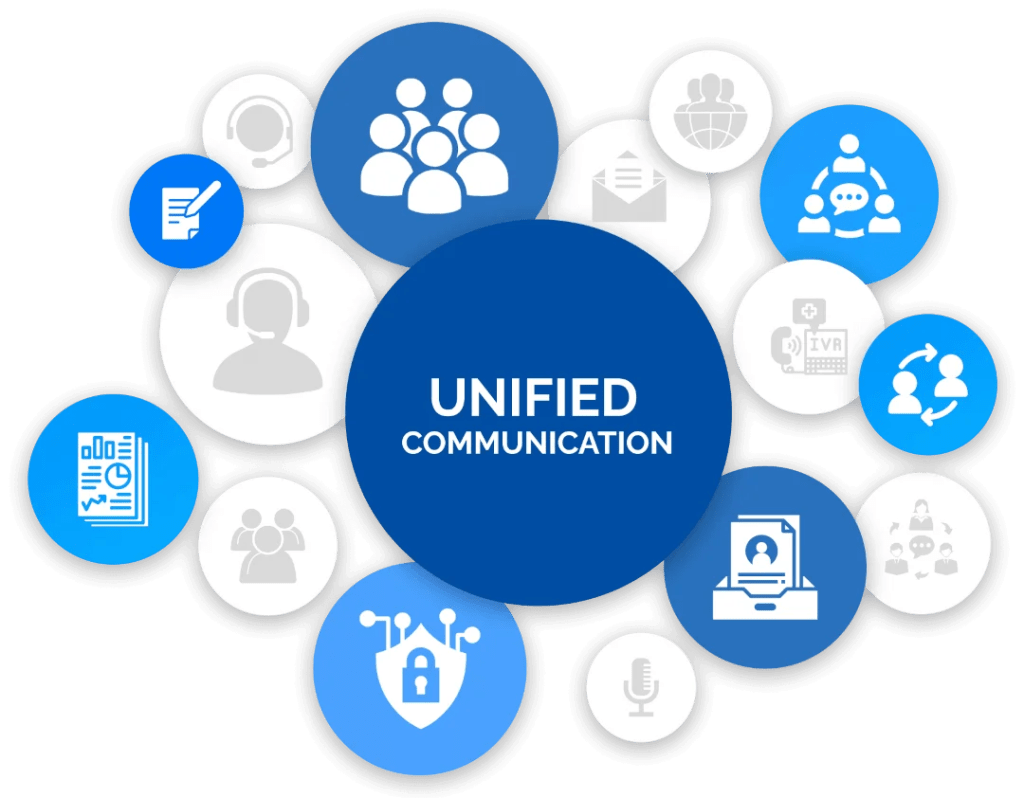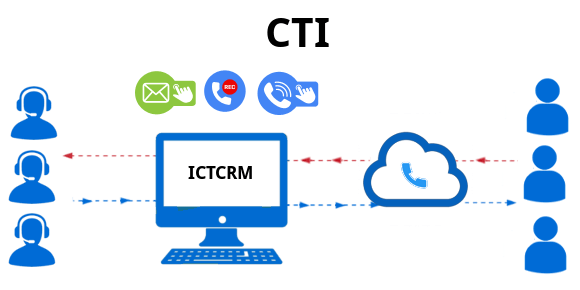In today’s highly competitive business landscape, it is essential for organizations to differentiate themselves from their competitors. Enhancing customer engagement has emerged as a vital strategy in achieving this goal. Effective customer engagement focuses on building strong relationships with clients and ensuring that their experiences with the business remain consistently positive.
There are various strategies to improve customer engagement, with one notably effective approach being the utilization of Unified Communication CRM (UC CRM). UC CRM is an integrated software solution that combines unified communications (UC) with customer relationship management (CRM) functionalities. By consolidating these features into a single platform, UC CRM provides businesses with a centralized system to effectively manage customer interactions across multiple channels, including phone calls, emails, and chat.
UC CRM offers numerous advantages for organizations aiming to enhance customer engagement. Firstly, it streamlines customer service by facilitating seamless communication and rapid issue resolution. The integration of phone, email, and chat within one platform simplifies communication channels, allowing for efficient and effective customer support.
Moreover, UC CRM improves sales performance by delivering a personalized and streamlined sales process. With UC CRM, businesses can cultivate stronger connections with potential customers, ultimately accelerating the closing of deals.
Understanding Unified CRM
Unified Customer Relationship Management (Unified CRM) refers to the integration of various communication channels and customer data into a single, cohesive CRM platform. Its primary objective is to provide businesses with a comprehensive view of customer interactions, enabling them to deliver personalized experiences and optimize their customer relationship management processes.
Unified CRM consolidates a broad range of communication channels—including voice, email, chat, and social media—into a centralized system. This integration ensures consistent and efficient communication with customers across multiple touchpoints, resulting in a seamless customer experience. Interactions and data from different channels are systematically captured and managed within the unified platform.
Key Elements of Unified CRM
1. Multichannel Communication:
Unified CRM empowers businesses to engage customers through their preferred communication methods. By offering a variety of options—such as voice calls, emails, instant messaging, and social media interactions—customers can choose the most convenient channel for them. Simultaneously, businesses can maintain a consistent and cohesive response across all channels.
2. Customer Data Integration:
Unified CRM integrates customer data from various sources, including contact information, purchase history, communication logs, support tickets, and social media interactions. This consolidated customer profile provides a holistic view of each individual, enabling businesses to tailor interactions and deliver targeted marketing messages.
3. Cross-Channel Interaction Tracking:
Unified CRM tracks and records customer interactions across different channels, capturing and storing communication history, customer preferences, and relevant data. By seamlessly linking customer interactions, agents gain access to context-rich conversations, allowing them to provide a more personalized experience.
4. Workflow Automation:
Unified CRM automates routine tasks and processes such as data entry, call logging, and follow-up activities. This automation reduces manual effort, minimizes errors, and enhances overall efficiency. By freeing up time from repetitive tasks, businesses can concentrate on value-added activities and improve productivity.

Benefits of Enhanced Customer Service
Enhancing customer service offers numerous advantages that can significantly impact a business’s success. Some of the key benefits include:
1. Increased Customer Satisfaction:
Customers who experience exceptional customer service are more likely to feel satisfied with their purchases, leading to a higher likelihood of returning to the company in the future. Positive interactions create a favorable impression, reinforcing customers’ decisions to choose the brand again.
2. Improved Customer Loyalty:
When customers are satisfied with the service they receive, they are more inclined to develop loyalty toward the brand. Loyal customers tend to make repeat purchases and are less likely to switch to competitors, contributing to long-term revenue growth.
3. Reduced Customer Churn:
Dissatisfied customers are more likely to leave for competitors. By enhancing customer service, businesses can reduce churn rates, retaining more customers over time and fostering a stable customer base.
4. Increased Sales:
High-quality customer service can drive sales growth by encouraging repeat purchases. Satisfied customers are more inclined to recommend the company to their friends and colleagues, expanding the customer base through word-of-mouth referrals.
5. Improved Brand Reputation:
A strong reputation for excellent customer service can attract new customers and establish a positive brand image. Businesses known for their commitment to customer satisfaction often enjoy a competitive edge in the market.
Effective Strategies to Enhance Customer Service
There are several effective strategies businesses can implement to enhance customer service, including:
1. Providing Prompt and Accurate Responses:
Customers expect timely and precise responses to their inquiries. Implementing 24/7 customer support, utilizing chatbots, or other automated systems for addressing common questions can significantly improve response times.
2. Being Knowledgeable and Helpful:
Customer service representatives should possess a thorough understanding of the products or services offered. They should be able to communicate information clearly and concisely, addressing customer questions effectively.
3. Being Friendly and Courteous:
Customer service representatives should maintain a friendly and courteous demeanor with all customers, regardless of their attitude or the nature of their issues. A positive attitude can greatly enhance the overall customer experience.
4. Going the Extra Mile:
Sometimes, exceeding customer expectations can make a lasting impression. This might involve offering refunds or replacements for defective products or simply taking the time to listen to a customer’s concerns and actively seeking to resolve them.
In conclusion, enhancing customer service yields a multitude of benefits, including increased customer satisfaction, loyalty, and sales, as well as a strengthened brand reputation. By implementing effective strategies, businesses can create a customer-centric environment that fosters long-term success.

Conclusion:
In summary, Unified CRM is an essential tool that significantly enhances customer service and drives business success. By integrating multiple communication channels and consolidating customer data, organizations can provide personalized interactions, deliver seamless omnichannel support, and resolve customer issues with greater efficiency. Unified CRM equips customer service representatives with real-time access to vital customer information, enabling them to offer exceptional service and expedite issue resolution.
Moreover, with workflow automation and self-service capabilities, businesses can streamline processes, improve operational efficiency, and empower customers to find solutions independently. The insights gained from data analysis also facilitate proactive support, allowing organizations to anticipate customer needs and address potential issues before they escalate.
